Technology need
Summary of the technological need
Navigation and positioning technology for autonomous robots in sewers.
Background
We are looking for technologies, that allow an autonomous robot to determine its position in an underground sewer system. It also has to be able to send its position to a receiver that can be connected to an above ground GNSS receiver.
Sewer systems are aging and deteriorating. With the current inspection technology, sewer managers aren’t able to map the state of the infrastructure at the speed they need to. An autonomous robot, will greatly increase the inspection efficiency of sewer systems. As positioning in underground pipe infrastructure, isn’t possible based on GNSS, since the signal doesn’t penetrate the ground deep enough, we are looking for other solutions. A big part of the sewers in Flanders have been mapped in databases, but the databases contains numerous errors. And some areas haven’t been mapped at all. The position of the manhole where the inspection starts, can be determined with a GNSS receiver. Once the robot goes down, an IMU can track the path of the robot, through the sewer system. But an IMU has an offset, so we need to find a way to calibrate the IMU through, for example, beacons. Or another way to determine the
position. Since the sewer system is prone to obstacles, such as stones, sediment, root infiltration, etc, it is possible that the robot might get stuck. In that case, we need to know where it is to be able to retrieve it. The robot must therefore be able to send a “emergency signal” and communicate its position to the receiver at the initial manhole and/or the beacons. Commonly used electromagnetic signals, don’t work in the pipe network, especially when the robot isn’t in line of sight of the receivers, because the propagation medium changes from air to soil, water and concrete. Therefore we are looking for a signal and receiver, that overcome these problems. The robot should also be able to overcome or avoid certain obstacles. Therefor it should be able to detect these and make a decision. Common obstacles include stones, inlets, high water levels, drops and corners. The robot should be able to correctly estimate if it can overcome the obstacle by changing the position of the legs and/or the central body, or decide to return.
Application domains
Specifications
The robot should be able to navigate through pipes with a diameter of 400mm to 2000mm. The technology should be able to become ATEX approved. Since the robot will be powered by a battery, the energy consumption should be as low as possible.
Further info regarding technical performance
The primary targeted sector is the sewer industry. The technology could also be used in other utilities with underground infrastructure.
